Everything you need to know about water hardness in aquarium
Introduction to Water Hardness
Aquarium water hardness refers to the concentration of dissolved minerals like calcium and magnesium in your aquarium. These minerals are essential for aquatic life, but an imbalance in their levels can cause significant issues. Fish, plants, and other tank inhabitants rely on stable water chemistry, and fluctuations in hardness can lead to stress, illness, and poor growth. Understanding the concept of water hardness is vital to maintaining a thriving aquarium environment.
When aquarium water is too hard, it can cause a variety of problems, including scaling on equipment, difficulty in plant growth, and even health issues for sensitive species. To create the ideal aquatic environment, it’s essential to monitor and adjust water hardness regularly. By learning more about water hardness, hobbyists can ensure that their tanks remain stable and healthy for all their aquatic inhabitants.
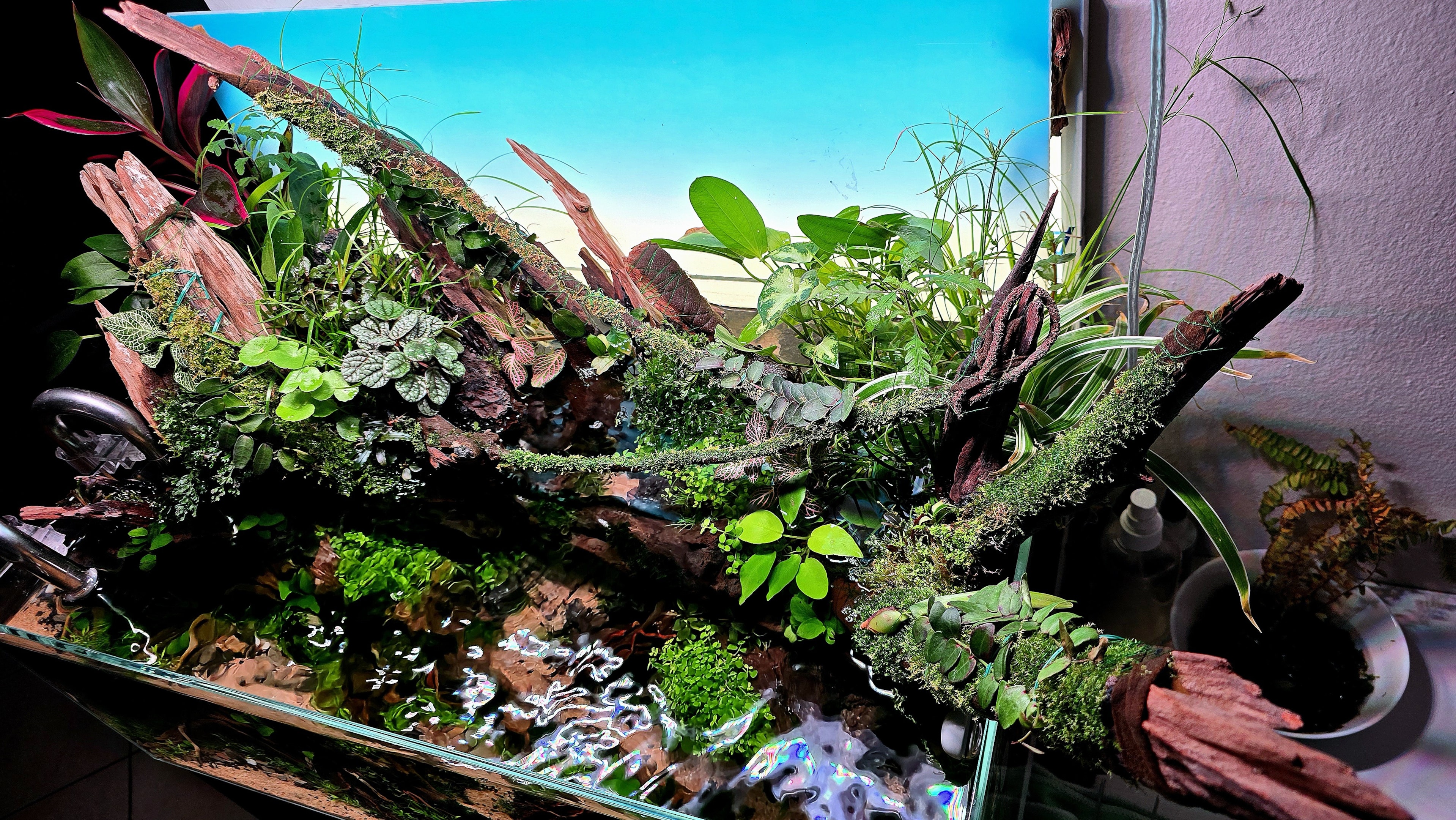
What Causes Water Hardness?
The primary contributors to water hardness are the minerals calcium and magnesium, which dissolve from rocks, soil, and other natural materials into the water. In an aquarium, these minerals are crucial for the health of fish and plants, but an excess of them can lead to problems. Water hardness in natural environments can vary greatly depending on the geological characteristics of the area.
If you're dealing with aquarium water too hard, it might be a result of the tap water in your area. Many municipalities supply water with high mineral content, which can significantly increase hardness. This can be problematic if you're keeping species that prefer softer water. Understanding the source of the hardness in your water will give you insights into how to lower water hardness in aquarium without compromising the health of your tank’s ecosystem.
Types of Water Hardness
There are two main types of water hardness: general hardness (GH) and carbonate hardness (KH). Carbonate hardness aquarium refers to the buffering capacity of the water, which is critical for maintaining stable pH levels. If KH is too low, pH fluctuations can occur, which may stress fish and plants. Stable pH is essential for a thriving tank, particularly for sensitive species.
General hardness (GH), on the other hand, measures the overall concentration of calcium and magnesium in the water. Different species of fish and plants require different levels of GH to thrive. For example, while some species prefer hard water, others thrive in softer water. Knowing the balance of both GH and KH in your tank will help ensure that your aquarium is the right environment for your chosen inhabitants.
Why Water Hardness Matters for Aquatic Life
Water hardness plays a critical role in the health of your aquarium’s inhabitants. Fish, plants, and invertebrates all have specific requirements when it comes to hardness, and deviations can lead to stress, poor growth, or even death. For example, soft water is ideal for species like tetras, whereas fish like African cichlids prefer harder water. Understanding and adjusting your water hardness to meet the needs of your aquatic life is essential for a thriving aquarium.
Managing water hardness can also influence the overall health of aquarium plants. Excessive hardness can inhibit nutrient absorption, resulting in poor plant growth. If you find that your tank’s water is too hard for plants to thrive, you may need to reduce hardness in aquarium to create the ideal conditions for plant growth. Achieving the correct hardness balance ensures a stable and healthy environment for all inhabitants of your tank.
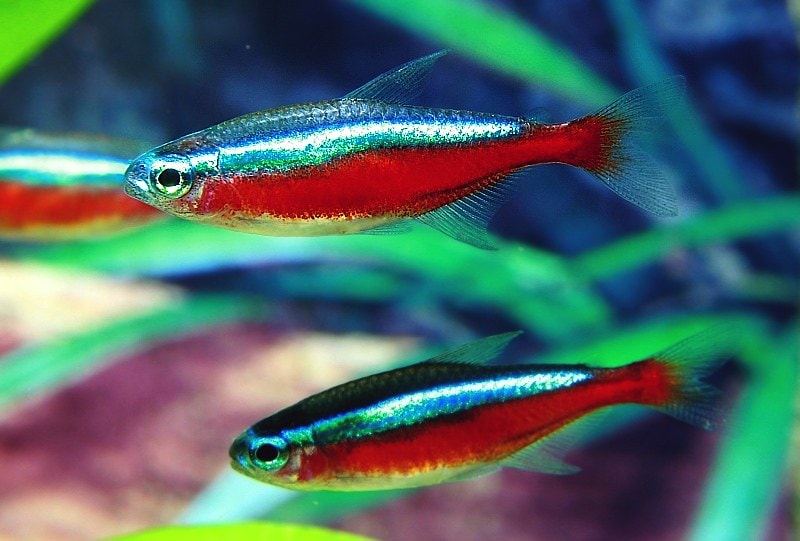
How to Measure Water Hardness
Measuring water hardness is essential for maintaining optimal conditions in your aquarium. A test kit is the most accurate tool to assess both general hardness (GH) and carbonate hardness (KH). These kits can be purchased at pet stores or online and are available for both fresh aquariums and established tanks. By regularly testing your water, you can monitor water parameters to ensure they stay within the ideal range for your fish and plants. It’s crucial to track both GH and KH levels, as they directly affect the health of your fish.
For fresh aquariums, measuring carbonate hardness helps ensure that the buffering capacity of your water is sufficient to maintain stable pH levels. If your aquarium water is too soft, it may not have enough buffering capacity to prevent large fluctuations in pH, which can stress your fish. Conversely, hard water may lead to high levels of calcium and magnesium, which can have negative effects on sensitive species. With the right testing tools, you can understand and adjust your water parameters as needed, ensuring a balanced and healthy environment.
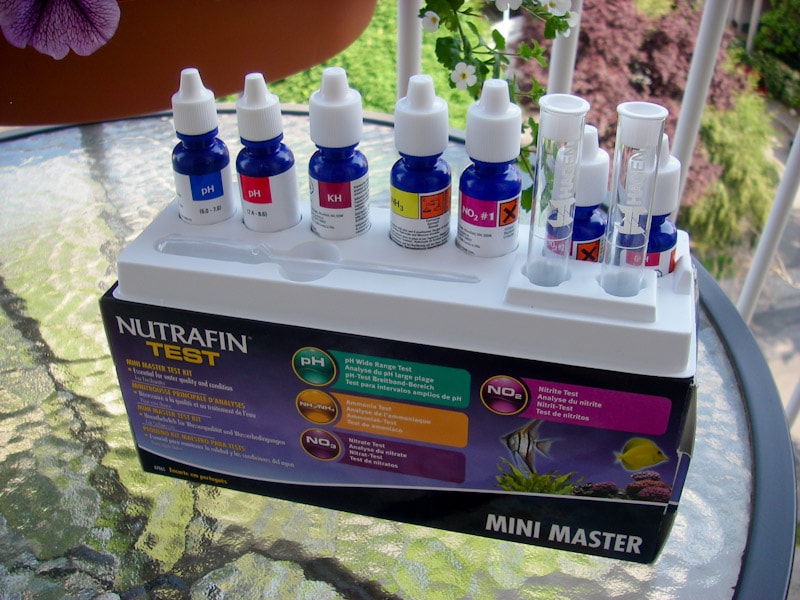
Ideal Water Hardness for Different Aquariums
Each aquarium has different water hardness requirements depending on the species you’re keeping. For example, some fish thrive in soft water, while others prefer hard water with higher levels of calcium and magnesium. Knowing the ideal general hardness (GH) and carbonate hardness (KH) for your aquarium is crucial for ensuring the health of your fish. Certain species, such as those from soft-water rivers, may require water with low GH and KH, while other fish, like African cichlids, prefer hard water with higher concentrations of calcium and magnesium.
In addition to considering the species of fish, the water source you use plays a significant role in determining the hardness of your aquarium. Tap water often has varying levels of hardness depending on your location. Some areas have hard water with high levels of calcium and magnesium, while others have soft water, which may require adjustments to meet the needs of your fish. For fresh aquariums, it’s essential to regularly monitor and adjust water parameters to ensure that both GH and KH are within the appropriate range for your tank’s inhabitants.
Adjusting Water Hardness
Adjusting water hardness is sometimes necessary to create the ideal environment for your fish. If your aquarium water is too hard, you can use specific methods to lower pH and reduce the overall hardness. For soft water species, you might need to lower pH by adding peat moss, driftwood, or chemical softeners that will help reduce carbonate hardness. This is important to achieve the ideal water parameters for your tank’s inhabitants. Keep in mind that carbonate hardness influences the buffering capacity of the water, so it's crucial to maintain a balance that doesn’t lead to pH fluctuations.
If you have hard water, using reverse osmosis (RO) systems or distilled water is a reliable method to soften your water. These systems remove excess calcium and magnesium, which are responsible for general hardness. Additionally, for fresh aquariums, you may need to adjust your water parameters regularly as your tank stabilizes. It’s important to monitor these levels consistently, as fish are sensitive to changes in water chemistry. By managing both carbonate hardness and general hardness, you can create a stable environment for your aquatic life.
Impact of pH on Water Hardness
The relationship between pH and water hardness is an essential aspect of maintaining a healthy aquarium. Carbonate hardness plays a direct role in stabilizing pH levels. When carbonate hardness is too low, it weakens the water's ability to buffer against pH fluctuations, leading to pH levels that can spike or drop drastically. This can stress your fish and other aquatic creatures. For fish that require stable pH levels, it's important to ensure that general and carbonate hardness are balanced, as both influence the buffering capacity of your water.
In hard water, the higher concentration of calcium and magnesium helps buffer against pH changes, keeping the water’s pH more stable. However, soft water often lacks this buffering capacity, making it more susceptible to swings in pH levels. For fresh aquariums, regular monitoring of water parameters is key to ensuring that your tank's pH remains within the ideal range for your fish. By adjusting water hardness, you can fine-tune the buffering capacity of your water and ensure a more stable environment for all your aquatic life.
The Role of Filtration in Hardness Levels
Filtration plays a significant role in regulating water hardness in aquariums. While most filtration systems are designed to maintain clean water by removing debris, some types of filters can also help manage carbonate hardness and general hardness. Certain filter media, such as those containing calcium carbonate or magnesium, can contribute to hard water by adding these minerals into the aquarium water. This can be beneficial if you’re keeping fish that prefer hard water with higher concentrations of calcium and magnesium.
For aquariums that require soft water, you may want to use a filtration system that reduces carbonate hardness and removes excess minerals. Activated carbon or specific softening resins can help remove dissolved calcium and magnesium, thus helping to lower pH and reduce the overall hardness of the water. Regularly checking the water parameters is essential for adjusting your filtration system accordingly to ensure that the water hardness remains suitable for your fish and plants.
The Influence of CO2 Injection on Water Hardness
CO2 injection in aquariums, particularly those with planted tanks, can have an indirect influence on carbonate hardness and overall water hardness. By increasing the CO2 levels in the tank, you lower the pH, which can affect carbonate hardness and its buffering capacity. The more CO2 you inject, the more carbonic acid is formed, which reacts with the minerals in the water, leading to a reduction in carbonate hardness. This is particularly important for fresh aquariums that may already have low carbonate hardness and limited buffering capacity.
In tanks with hard water, adding CO2 can help lower pH, which might make the water less alkaline. For fish that prefer soft water, this can be beneficial, as it may help achieve the desired water parameters. However, it’s important to monitor CO2 levels and water parameters closely, as excess CO2 can lead to excessive drops in pH, which may harm your fish. Maintaining a proper balance of CO2, carbonate hardness, and general hardness is key to creating a stable and healthy environment for your fish.
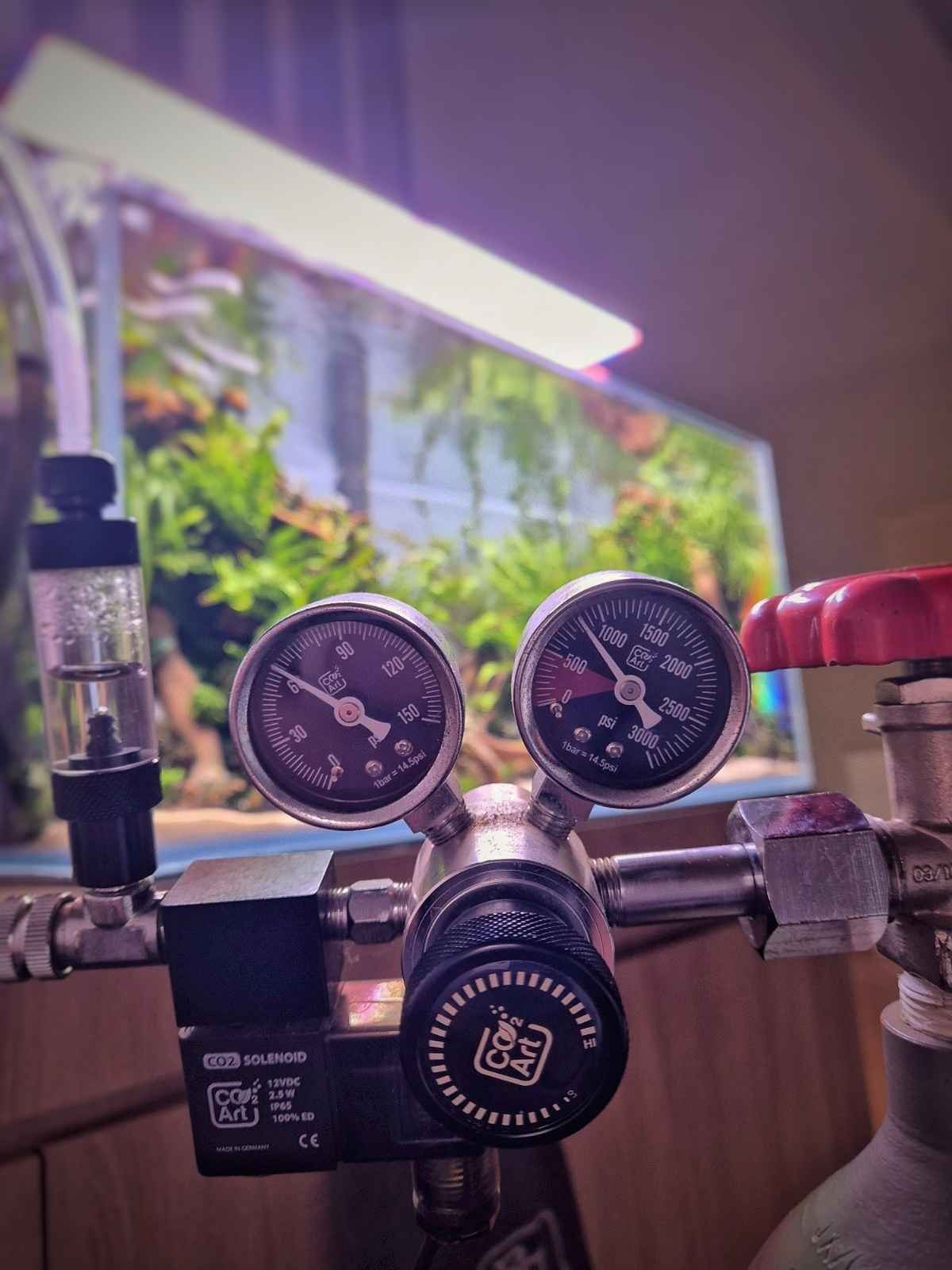
The Role of Water Changes in Maintaining Hardness
Regular water changes are a vital part of maintaining stable water conditions in an aquarium. When you replace part of the aquarium water, you are also adjusting the hardness of the tank’s water. Depending on the source of the water, tap water may have different levels of general hardness and carbonate hardness. If your tap water is hard, each water change may increase the overall hardness in the tank. Conversely, if your tap water is soft, regular water changes may lower the hardness of the tank.
To prevent significant fluctuations in water parameters, it’s essential to monitor water hardness consistently. This is particularly important if you have a fresh aquarium with sensitive species. If you need to adjust the hardness of your water, performing gradual water changes and testing the water parameters will help you achieve the desired levels of hardness without shocking your fish. By maintaining stable general hardness (GH) and carbonate hardness (KH), you ensure a healthy and thriving aquarium for all its inhabitants.
How Water Hardness Affects Aquarium Equipment
Water hardness can have a significant impact on the equipment in your aquarium. In hard water, the high levels of calcium and magnesium can cause limescale buildup on surfaces, including filters, heaters, and glass. Over time, this buildup can affect the performance of your equipment and reduce its lifespan. In areas with hard water, regular maintenance and cleaning of aquarium devices are essential to prevent this scaling, which can also be harmful to your fish if not managed.
On the other hand, soft water does not typically cause scaling, making it less of a concern for your equipment. However, if you are using soft water and need to raise the hardness for your fish, you may need to add calcium and magnesium supplements to the tank. This will help maintain the appropriate general and carbonate hardness levels, ensuring your fish are comfortable while preventing damage to aquarium equipment. Regular monitoring of water parameters is essential for balancing the needs of both your fish and your equipment.
Common Myths About Water Hardness
There are several misconceptions about water hardness in aquariums that can lead to confusion among hobbyists. One common myth is that hard water is always detrimental to fish, but many species thrive in hard water, particularly those that come from areas with high concentrations of calcium and magnesium. Fish like African cichlids, for example, require hard water with elevated levels of general hardness to maintain their health and well-being. Therefore, it’s essential to understand the needs of your particular fish before making assumptions about water hardness.
Another myth is that soft water is universally better for all fish. While some species do prefer soft water, others, like goldfish and many livebearers, are better suited to hard water conditions. The key to successful aquarium care is knowing your water parameters and adjusting them according to the species you keep. Whether you're working with soft water or hard water, monitoring carbonate hardness, general hardness, and pH levels will help you create the ideal environment for your fish and plants.
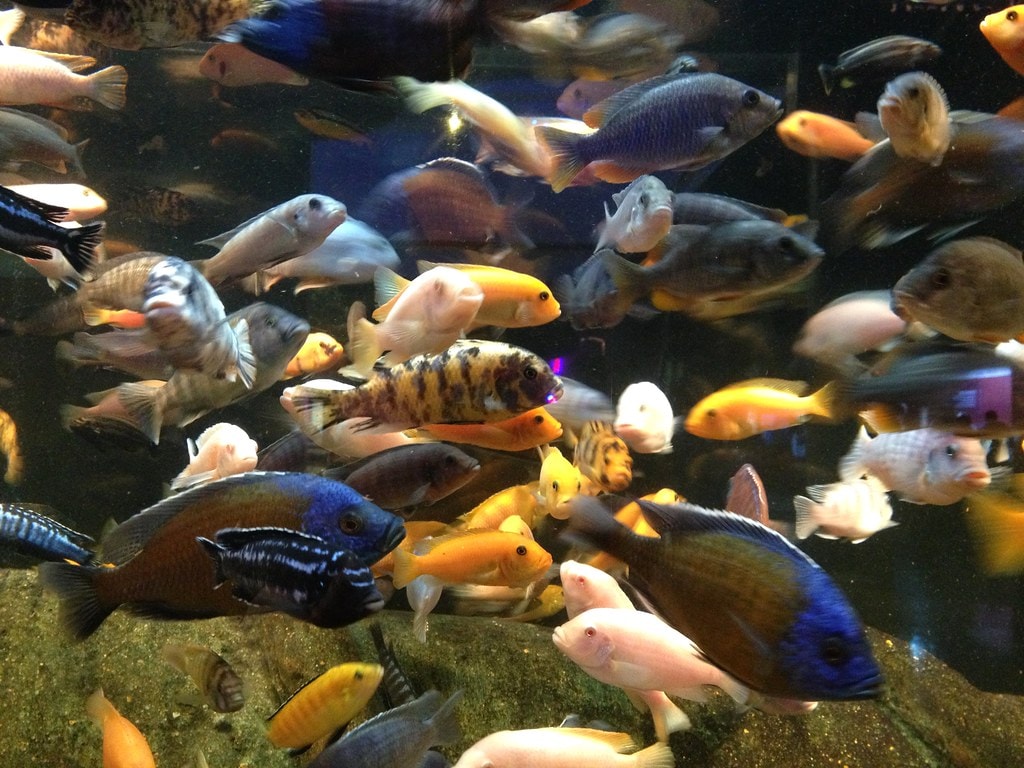
Conclusion
Understanding and managing water hardness in your aquarium is crucial for maintaining a healthy environment for fish, plants, and invertebrates. Both general hardness (GH) and carbonate hardness (KH) play significant roles in ensuring that your aquarium’s ecosystem remains stable. By regularly testing water hardness, adjusting filtration systems, and performing regular water changes, you can create the ideal water conditions for your aquatic life.
In summary, achieving the right balance of water hardness is essential for the well-being of your aquarium’s inhabitants. Regular monitoring, coupled with the right adjustments, ensures that your tank remains a thriving, healthy environment. Whether you’re keeping soft water or hard water species, understanding and controlling water hardness is the key to success in the aquarium hobby.




